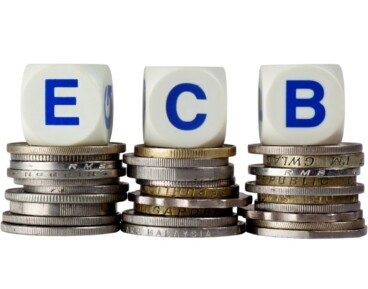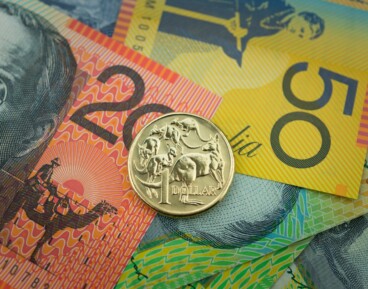German automotive industry at a crossroads
Kategoria: Business
On May 7th, the market covered some short euro exposure in anticipation of some sort of response by European officials. As we know they came up with a large package of guarantees (not just for Greece) and loans, and the ECB provided now liquidity facilities and agreed to buy sovereign bonds in the secondary market. The euro initially reacted positively but that lasted around 12 hours and the euro was sold off anew. From the high on May 10th to the low recorded on May 19th, the euro dropped 7.25%. The euro’s decline today retraced almost to the tick 61.8% of the gains since May 19th low. The recovery back above $1.24 is lends credence to the idea that the euro is caught up in some kind of correction that could still have more room to run. The $1.2450 offers the initial barrier and then $1.25.
However, if the euro has put in a near-term low, there may be some implications for other major currencies. Since May 10th, the hardest hit majors have been the Australian dollar, off 7.7%, and the New Zealand dollar, off 6.5%. Ideas that China may pause in its efforts to remove liquidity from its banking system amid uncertainty about the prospects for its largest export market (Europe) may help boost the Aussie. Short-term indicators warn against chasing the Aussie here almost 1.5% above its intra session low. A pullback toward $0.8300 may relatively low risk entry for a move back toward $0.8600. The Australian dollar looks poised to recoup some of the ground lost to the Kiwi in recently. Since April 6th high, the Australian dollar has lost almost 8.4% against the New Zealand dollar. Look for some catch-up here. If the NZD1.22 level remains intact, the Australian dollar can move back toward NZD1.26.
In contrast, the yen has been the strongest currency, appreciating 3.2% against the dollar since May 10th. If somewhat calmer markets are emerging, the yen seems to be among the most vulnerable of currencies. A move above JPY90.75 can spur a big figure move toward JPY91.80.
Ironically, the second best performer (against the dollar) since May 10th has been sterling. The fundamental news, outside of a new government committed to tighter fiscal policy and inflation that has surprised to the upside, bullish developments have been few and far between. While additional near-term gains are possible, the $1.4450 area may pose a formidable barrier.


